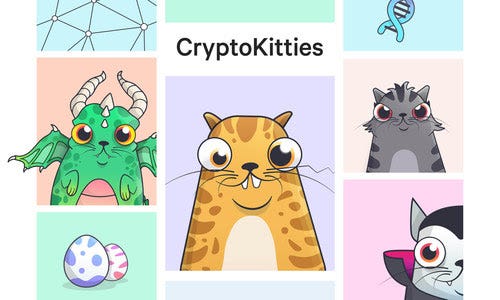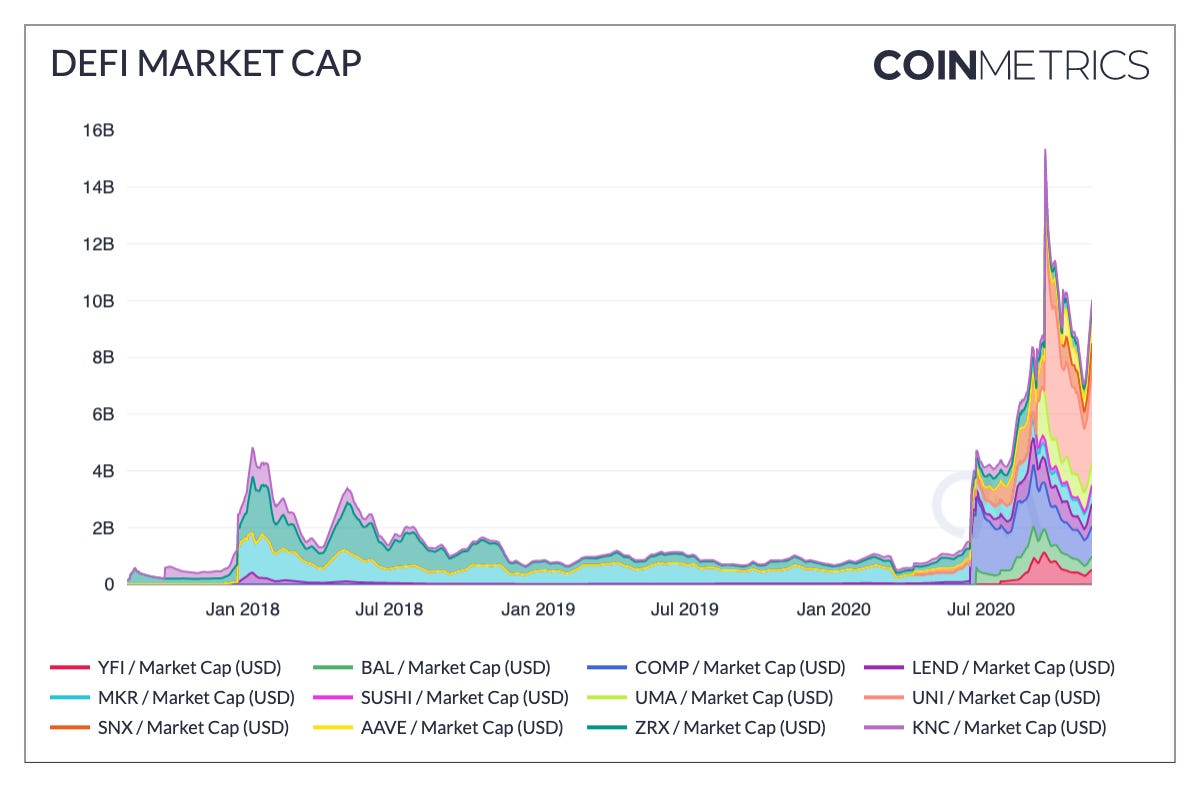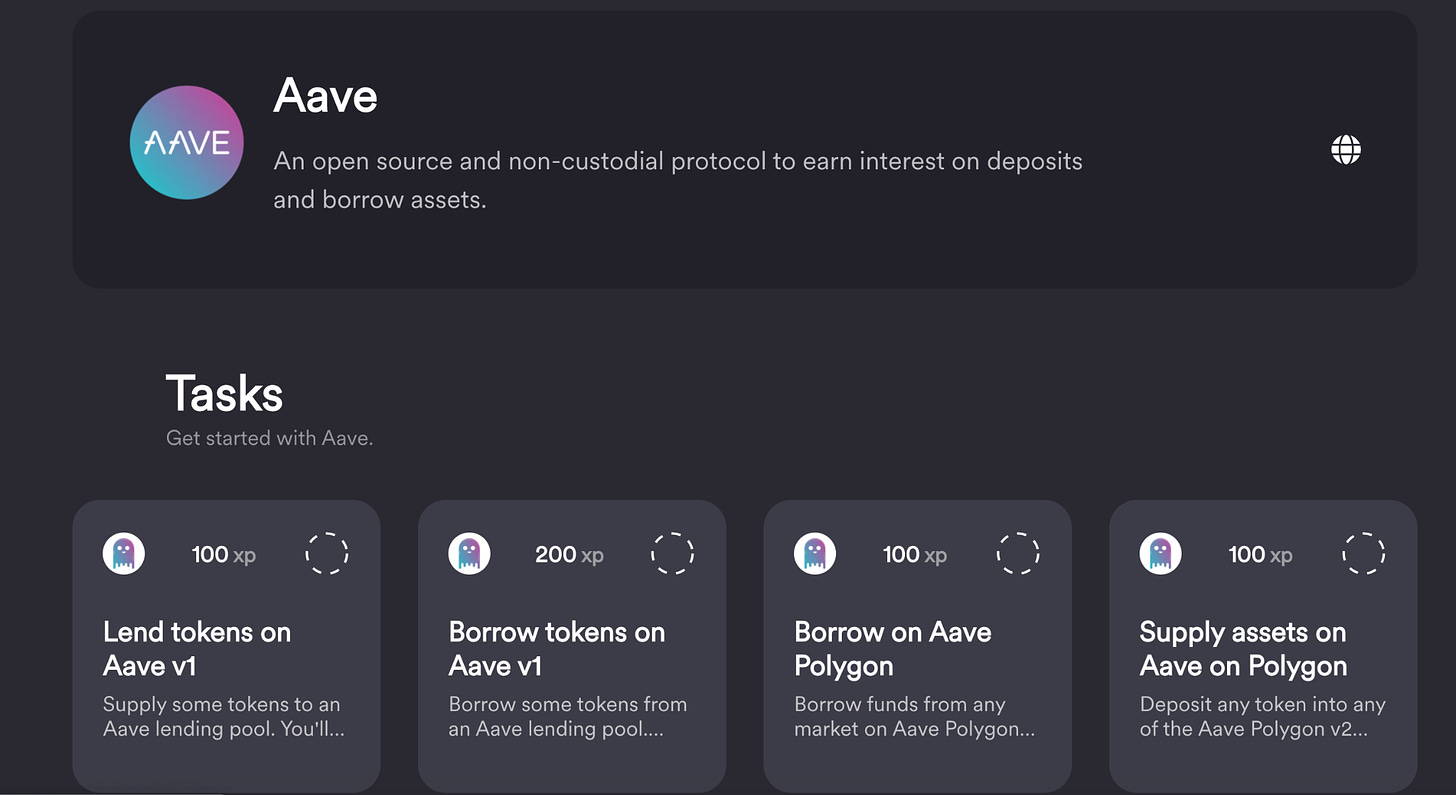Hi Fam 👋,
Welcome back!
Ever since my chat with the founder of SuperRare, I have been fascinated by the entire crypto universe. Despite having my doubts, I have been quite amazed by all the new developments, from the rise of NFTs to the recent surge of Solana. The software world moves fast, but the crypto world moves at a lightning speed. New innovations are popping up in the crypto world every day.
Another interesting thing about the crypto space is that it’s mostly dominated by adventurous young builders in their 20s or 30s. One of those amazing young builders that I admire is Brian Flynn. He is the founder of RabbitHole, a gamified platform that allows people to earn crypto by using the latest decentralized apps. On Twitter, he is also one of the most vocal crypto evangelists.
Brian even has a personal metric called Time to Red Pill - how long it takes for him to convince someone that the future is crypto (hint - it’s under 5 mins 👀).
Make sure to read until the end to learn more about his vision for RabbitHole and his prediction for the future of crypto (trust me.. you don’t want to miss it… it’s some mind-blowing stuff).
Let’s rewind the tape and start from the beginning 📼.
🎮 From professional gaming to Dapper Labs
Brian’s first passion was video games. He was a skilled pro gamer specializing in Counter-Strike (he was just a high schooler). Needless to say, he was not exactly the most accoladed student academically. He often skipped school to practice his shooting skill. Nevertheless, his dream shattered the day he found out that he got a bad carpal tunnel syndrome, which unfortunately terminated his gaming career early.
This was a big blow for Brian, but he started to refocus his energy on his second passion - tech startups. In college, Brian worked on a peer-to-peer delivery platform (an idea that every college student is building these days 😂). However, different from how most other entrepreneurs would have tackled this problem, Brian attempted to use smart contracts for this peer-to-peer delivery platform. It sounds cool, but it was 2016, merely a year after the creation of Ethereum. He quickly realized it was quite an impossible endeavor.
“I tried to build the company on smart contracts, but I realized I needed a wallet, a way to create my own token, and money to pay for transaction fees. I was learning all these things as I was doing it and realized I was maybe 10 years too early.” - Brian
Despite the bad timing, Brian learned a ton about crypto and decided to keep diving deeper into the space.
Towards the end of 2017, the successful launch of CryptoKitties caught Brian’s attention. He started a newsletter called NFTY News, writing about NFTs covering crypto celebrities and a ton of crazy experiments happening in the space when nobody was talking about it.
Through writing about the NFT space, Brian saw something real in the space. This obsession led him to a short stint as a part-time employee at OpenSea and later a job as a product manager at Dapper Labs (the company behind Crypto Kitties and NBA Top Shot).
🕳🐇 Dripscore, pivots, and the birth of Rabbithole
Dripscore - the predecessor of Rabbithole
The launch of CryptoKitties brought the Ethereum blockchain to a halt in late 2017. Rather than waiting for Ethereum scaling solutions to mature, Dapper Labs developed the Flow blockchain to address it head-on as a way to support its projects and they also released the protocol to the public. (Note - Dapper Labs is very incentivized to get more people to join the ecosystem since more demand will drive up the value of the 250M Flow tokens it owns)
In December 2019, Brian had this epiphany that to get more people to use Flow, there needed to be an “App Store” for Flow-based applications, and it had to be fun for people to try out different projects on Flow. He created a project called Dripscore within Dapper Labs - a platform that gave people points for trying different things in the system, such as “create an Ethmoji” or “breed a kitty”.
However, a bottleneck started to emerge. Flow was still too early. There were only 15 applications on the Flow blockchain. Since Dripscore relied on users trying out existing Flow applications, there wasn’t enough content to make this experience engaging for people.
Brian quickly realized that this idea was sound, but to make it work, it had to be designed for Ethereum, which is still by far the biggest ecosystem of Smart Contracts and the chain most cryptonative people use (sorry Solana fans 😂).
Defi summer and crypto craze
Around the same time, the summer of 2020, Defi summer happened. Interest in crypto started to skyrocket as people started seeing how much other people were making in crypto from practices like yield farming. Many of those people that made money from Defi also rolled over their money into NFTs, which blew up recently.
Much of this reminds me of what happened during the ICO mayhem in 2017. Admittedly, I was also one of those that got in due to speculations and ended up holding the bag 😅.
Speculations and monetary incentives are great for driving initial interest for a new industry, but there needs to be real product adoption for the technology to be sustainable.
“Many people focused on price and speculation but never looked at the value and adoption of different protocols. There are 100 million wallets that hold Ethereum, but only 1% of those wallets use any applications or products. Thus, I started to think about how we can make something that’s fun and engaging like Dripscore and convert those mercenaries (driven by monetary gains and speculation) into missionaries(who care about the underlying proposition of self-sovereignty and freedom).” - Brian
🛠 How to build a crypto company
Building MVP
In April of 2020, Brian left Dapper Labs with a vision to use gamification and rewards to get more people to experiment with blockchain projects (focusing on Ethereum). The first step was to rebuild the platform from scratch. This new platform was called RabbitHole. Similar to Dripscore, RabbitHole allowed users to earn points on the platform by completing different quests aka blockchain projects.
In the early days, there were no direct financial upsides from completing those projects. However, it was a way for many crypto people to signal how crypto native they were.
“People always like to brag about how crypto native they are. It was also a way for crypto projects to recruit because they want to hire someone with a high crypto IQ like how early internet companies wanted people who knew how to use computers back in the day. Since it was all public, you could type in an address and see someone’s score.” - Brian
Gaining traction
As the platform became more and more popular, many crypto projects noticed the amount of traffic they were getting from RabbitHole and offered to give them tokens to distribute to users that complete certain tasks with those crypto projects.
Following the demand, they built out the infrastructure that would verify task completion and distribute tokens to users. They did the pilot with Aave, a decentralized lending platform. Users would receive USDC for supplying and borrowing on Aave for the first time. In the span of 3 days, they drove over 100 users to the platform - an unbelievable feat by the crypto standard at the time.
They started to see some strong traction with other projects - but it was not all rosy. People were creating bots to get more of those financial awards. They had to combat this issue by creating a mechanism for the platform to validate whether a given user is human.
Growth Mode
In the first six months of launch, 10K+ addresses completed a task on RabbitHole and $100K in rewards were distributed by projects to users who completed tasks. One reason for its strong initial traction is its positioning as the only crypto native acquisition channel that projects have.
“Compared to less sophisticated customer acquisition campaigns, like retroactive airdrops, RabbitHole requires users to interact and engage on-chain with each protocol, satisfying pre-defined KPIs before token rewards are granted.” - Brian
The biggest acquisition channel for RabbitHole today is Twitter, similar to most other crypto startups. The growth flywheel is also starting to tick for them. As more people complete tasks, RabbitHole can get more projects to sign up and thus more tokens to distribute to users, incentivizing more users to sign up.
🚀 The future of RabbitHole
Today, RabbitHole helps crypto projects to get more users and find contributors. Tomorrow, RabbitHole wants to become the credentialing system for web3 aka digital resume for the decentralized world. As users complete tasks, RabbitHole can curate an on-chain graph of a user’s prior achievements and thus develop a system of verifiable credentials. Projects can then use these credentials to find the best future participants and contributors.
Another vision is that RabbitHole will eventually evolve into a Decentralized Autonomous Organization (DAO), a trend happening in the Crypto startup world right now.
“It doesn't make sense for us to determine what should be on the platform and who we're working with. It should be up to the users themselves. Otherwise, we might fall into the same trap as many centralized social networks that are just optimizing for revenue. That’s why we're decentralizing in the first place.” - Brian
🧙♂️ Brian’s Web3 predictions
1. There will be more play-to-earn projects that benefit the entire ecosystem
“The problem with play-to-earn blockchain games is that they're very zero-sum. At the end of the day, you're only playing the game to benefit the game economy, versus the entire ecosystem.
You can think of blockchains like digital nations - ultimately, what's most important is that people have jobs that increase the GDP of the digital nation. For blockchain games, your energy is spent on these separate islands and not benefiting the countries they built on top of. I think, over time, there will be more networks that look like play-to-earn, but they will benefit the entire network, the entire digital country itself.”
2. People no longer need to have full-time jobs
People want to be a creator because they want flexible work hours and multiple income streams, but not everyone wants to be behind a screen or not everyone wants to perform. Crypto is this outlet to have multiple jobs and multiple income streams without having to perform. Instead of getting minimum wage like in the gig economy, you get tokens by participating in these networks which have a lot of high growth potential, similar to getting Uber stocks in the early days driving for Uber.
I think there's going to be a lot of ways for people to get involved in the crypto economy, right, working for multiple projects, working for multiple networks, and not working for one full-time job.
Fun fact - this is precisely what my friend Chase Chapman is doing right now after college, she is making a living by contributing to a few DAOs, including Decentology, Forefront, and Index Coop. Big shout-out to Chase for connecting me with Brian!
🎁 Lastly…
For folks who are hoping to learn more about Web3, my friend Jay from Maven Ventures wrote a great doc about all the fundamentals of Web3.
If you want to immerse yourself in the Crypto Universe, here is a list of great Twitter accounts to follow:
@Chaserchapman
@Flynnjamm
@Cooopahtroopa
@patrickxrivera
@jacksondame
See you next week 🔥,
Leo






